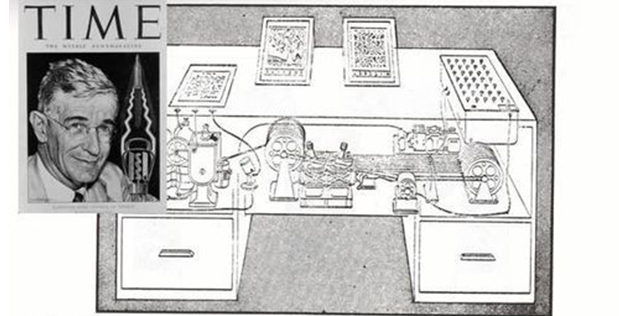Here is an example Plain Language Summary created for one of David Sommer's own articles.
Maximize publication impact by all stakeholders coordinating their efforts
What is it about?
In this paper I explore the idea that in order to maximize a publication's impact, everybody needs to play their part - authors, co-authors, publishers, institutions, societies and funders. The author is the common factor that links all of these organizations and groups, so their thinking must shift towards creating a culture of discoverability, encouraging the organizations they work with to help generate impact. The author becomes the conductor, leading the orchestra of players.
Why is it important?
The case for authors taking responsibility for maximizing the impact of their research has never been stronger. With over $1 trillion invested in research every year it is surprising to find some studies showing that 50% of articles are never read, and a much higher percentage are never cited. With researchers under increasing pressure from institutions and funders to demonstrate that their research will have impact and be applied, it is critical that researchers do all they can to make sure the right people find, understand and use their work.
See it on Kudos.



 Here displayed before the tragedy:
Here displayed before the tragedy:


 Plus this
Plus this  Brief Bio: During my masters I was fascinated by the upcoming research and developments in the field of micro-algal biotechnology. As an outcome of the preliminary studies to explore sustainable use of microalgae, I was among the 25 young scientists, recognized as Green Talents in 2013 by the Federal Ministry of Education and Research (BMBF), Germany. To extend my skills in the field I pursued a PhD at MPIMP in the experimental systems biology group headed by Dr. Patrick Giavalisco. More
Brief Bio: During my masters I was fascinated by the upcoming research and developments in the field of micro-algal biotechnology. As an outcome of the preliminary studies to explore sustainable use of microalgae, I was among the 25 young scientists, recognized as Green Talents in 2013 by the Federal Ministry of Education and Research (BMBF), Germany. To extend my skills in the field I pursued a PhD at MPIMP in the experimental systems biology group headed by Dr. Patrick Giavalisco. More 












